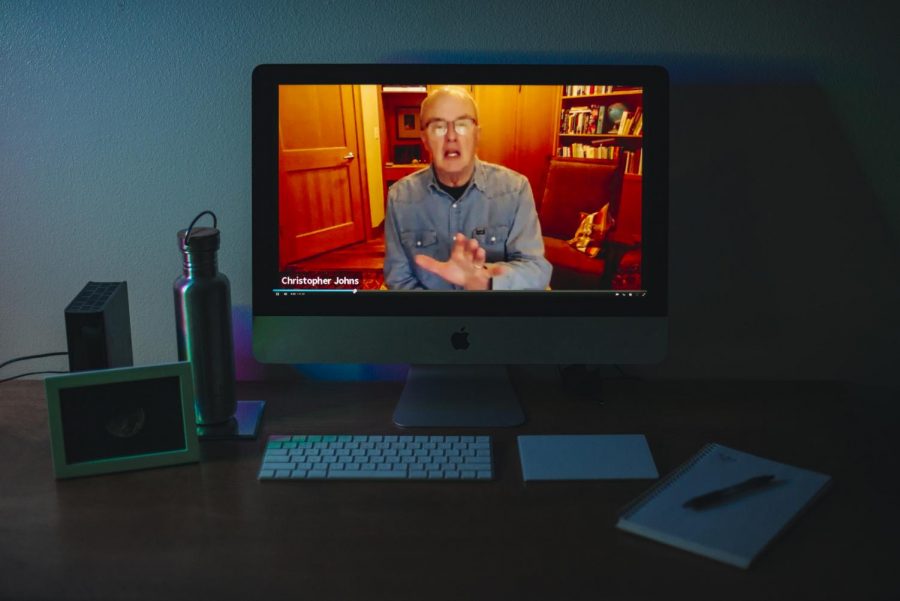The History of Journalism at OSU
March 1, 2021
In the past, Oregon State University offered journalism as a major but in 1992 the program was removed due to budgeting decisions and the applied journalism minor is now all OSU has in regards to an education in the journalism field.
Alumni of the journalism program at OSU and Peter Betjemann, a professor at OSU reflect on the history of journalism at OSU, why journalism is important and where the university is going with the program in the future.
Former Editor-in-Chief of National Geographic Chris Johns graduated from OSU in 1974 with a major in technical jour- nalism and a minor in agriculture. Ron Lovell was Johns’ first journalism professor at OSU and Johns said the class with Lovell changed his life.
Johns said is thankful for the scientific background through agriculture he was able to get at OSU. Because of OSU’s strong STEM background, Johns believes it was a better choice for himself to study at OSU instead of the University of Oregon where he would’ve likely just pursued journalism and not received a balance in both of his interests.
“When I was editor-in-chief of National Geographic we needed writers, photographers and cartographers with a background in science because science was core to our being at National Geographic,” Johns said. “We need more journalists who have that kind of background.”
At OSU, Johns enjoyed the personal con- nections he was able to make with professors and cohorts which he attributed to the smaller program OSU had in comparison to UO. Johns also mentioned it was at OSU he learned the power of superb and truthful storytelling.
Another alum and a classmate of Johns, Steve Clark who now works for OSU as the vice president of University Relations and Marketing, also enjoyed the smaller tight-knit program that OSU had.
Clark came to OSU as a pre-med student but learned that was not a good fit and transitioned to journalism after making his own newspaper called The Resident before becoming part of The Daily Barometer.
“I can’t think of many universities where a freshman can make their own newspaper,” Clark said. In the winter term of 1972. Clark saw firsthand at OSU that every person matters, he learned that was the style of OSU and the jour- nalism program was a place he felt welcome.
Previous OSU President John Byrne, decided to cut the journalism program altogether in 1992.
“President Byrne says to this day that one of the most significant decisions he made incorrectly was allowing the department of journalism at Oregon State to end,” Clark said.
Clark believes that whether students become journalists or not, they need a strong ability to gather information and convey and present the information gathered in their careers across all majors and future endeavors.
Beyond experience at The Daily Barometer, journalism opportunities were slim until the introduction of the applied journalism minor in 2018.
Dr. Peter Betjemann is the director of the School of Writing, Literature and Film and noted that there is significance in looking beyond just the offerings in the applied journalism minor in order to see the depth of offerings in SWLF across the board.
Just recently, the bachelor of arts in creative writing came about in 2020, and there is a long-standing writing minor at OSU. Applied Journalism is amongst this list of writing-based courses that have drawn students to OSU since they were founded.
“It’s really great for students to have the ability to get a communication’s credential and [degree] that goes hand in hand with another disciplinary area,” such as a STEM major, Betjemann said.
Going forward with journalism, OSU academics and SWLF faculty are focused on providing experiential opportunities. Johns himself is currently teaching an experiential storytelling class and will be teaching photo-journalism in the future.
“We are very committed to continuing to offer experiential opportunities like the one Chris Johns is teaching,” Betjemann said.











































































































